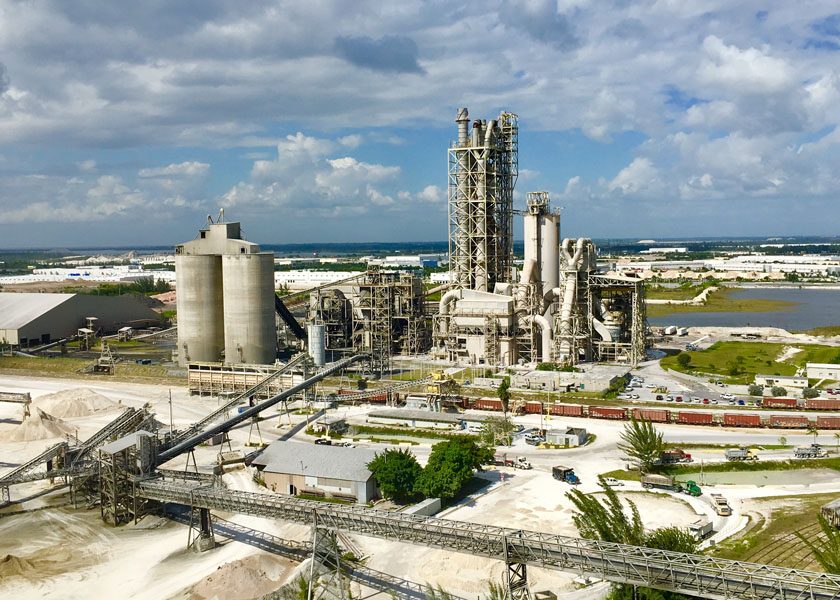LafargeHolcim in the United States announced a new program to bring greater transparency to its carbon footprint through the use of Environmental Product Declarations (EPDs). These declarations, much like nutritional labels, detail the environmental impact of building materials. National cement and concrete associations have developed EPD ratings on a regional or national level that have been used by the industry to assess the carbon footprint of products.
EPDs assess the Global Warming Potential (GWPs) of construction materials – from the amount of energy required during the manufacturing process, the environmental impact of extracting or producing the various mix ingredients, and the fuel used to deliver materials to job sites. These documents are ISO and LEED 4 compliant and will be third-party verified by either ASTM International or the National Ready Mixed Concrete Association.
“The growth in sustainable construction is driving demand for low-carbon building products that can transparently demonstrate a decrease in our environmental footprint,” said Jay Moreau, CEO, U.S. Aggregates and Construction Materials. “These new EPDs also push us to continue innovating as we consider the next generation of building materials.”
In the Mid-Atlantic region, the company has introduced EcoPact concrete, mixes that are between 30% to 50% less carbon intensive than regional standard mixes. EPDs will quantify the exact amount of GWP in these low-carbon mixes at seven ready-mix concrete plants around Washington, D.C., Northern Virginia, and Baltimore, as well as at all three of its ready-mix concrete plants in the Northeast region.
LafargeHolcim also is taking the step to develop EPDs for cement products manufactured at its 13 plants across the United States, beginning with the Holcim facility in Hagerstown, Md. All EPDs will conform to the newly released North American Cement Product Category Rules (PCR 2020e). The goal is to publish EPDs for products made at all of its cement plants, from standard Type I/II cements to its high-performance blended, or “green” cements such as OneCem (portland limestone cement).
“Participating in this program forces you to take a hard look at how you do business,” said Jamie Gentoso, CEO, U.S. Cement. “We ask questions about our energy use, logistical efficiency and how the use of new materials can further lower carbon scores. In the end, this will be a win for our business, our customers and the environment.”
Gentoso noted that she sees this initiative as complementary to other company-wide sustainability intitiatives such as using non-recyclable waste as a kiln fuel source, supporting sources of renewable energy, and using reclaimed aggregates for major construction jobs. LafargeHolcim looks to maintain its leadership in the U.S. cement industry, building on its more than twenty years of experience manufacturing and marketing blended cements.
The company is partnering with the Athena Sustainable Materials Institute and Climate Earth to create these EPDs.



